Introduction:
The shelf life of cooked shrimp in the refrigerator is a critical factor for ensuring food safety and enjoying your seafood dishes at their best. Understanding how to store cooked shrimp properly, the signs of spoilage, and best practices for extending its freshness can help you make informed decisions. This comprehensive guide covers everything you need to know about storing cooked shrimp in your refrigerator, from optimal storage methods to health considerations.
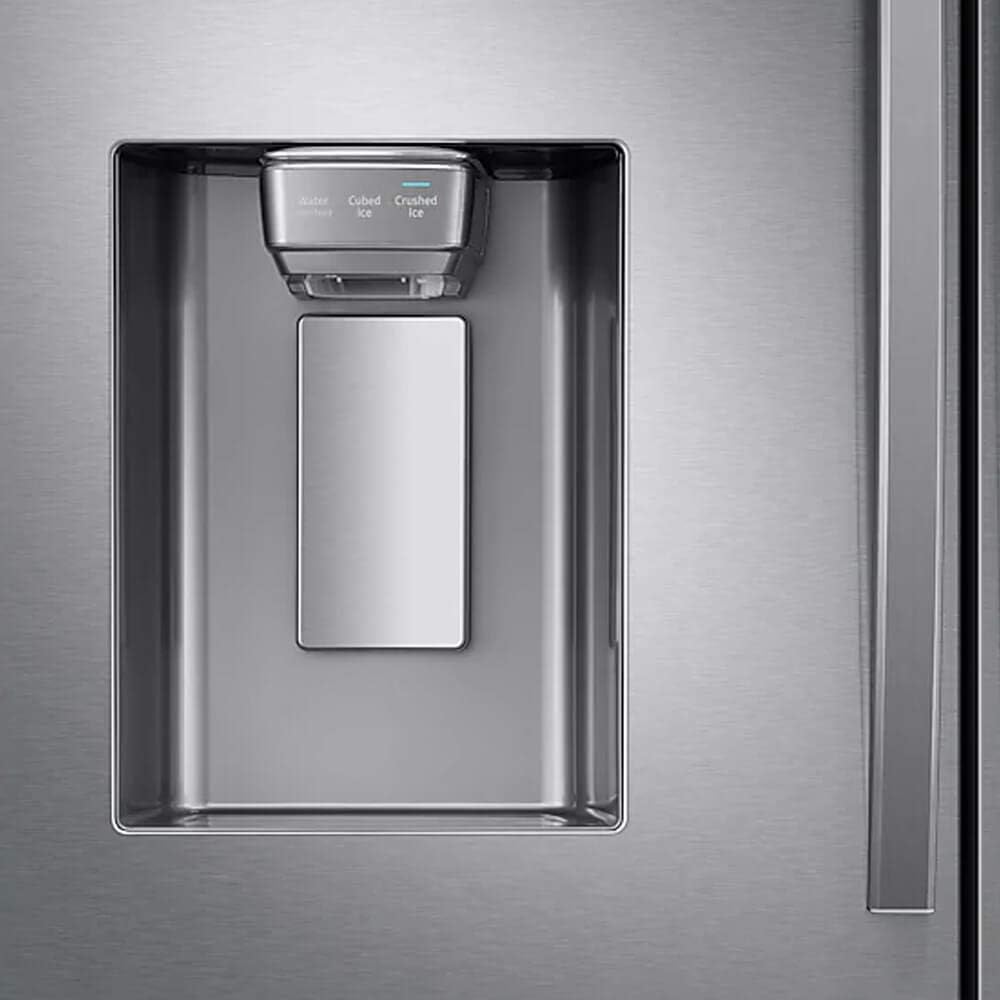
How Long Does Cooked Shrimp Last in the Refrigerator:
What Should You Know for Safe Storage?
Proper Storage:
How Should You Store Cooked Shrimp in the Refrigerator?
Storing cooked shrimp correctly in the refrigerator preserves its quality and prevents the growth of harmful bacteria.
Optimal Containers:
Airtight Solutions:
Using Airtight Containers: Place cooked shrimp in an airtight container to minimize exposure to air, which can cause dehydration and promote bacterial growth. Airtight containers help maintain the shrimp’s moisture and flavor.
Resealable Bags: Resealable plastic bags are another good option for storing cooked shrimp. Ensure you remove as much air as possible before sealing the bag to extend the shrimp’s freshness.
Storage Temperature:
Maintaining Cool Temperatures:
Ideal Temperature: The refrigerator should be set at or below 40°F (4°C) to keep cooked shrimp fresh. Temperatures above this range can accelerate bacterial growth and spoilage.
Avoiding the Door: Store the shrimp in the main compartment of the refrigerator rather than the door, where temperatures can fluctuate due to frequent opening and closing.
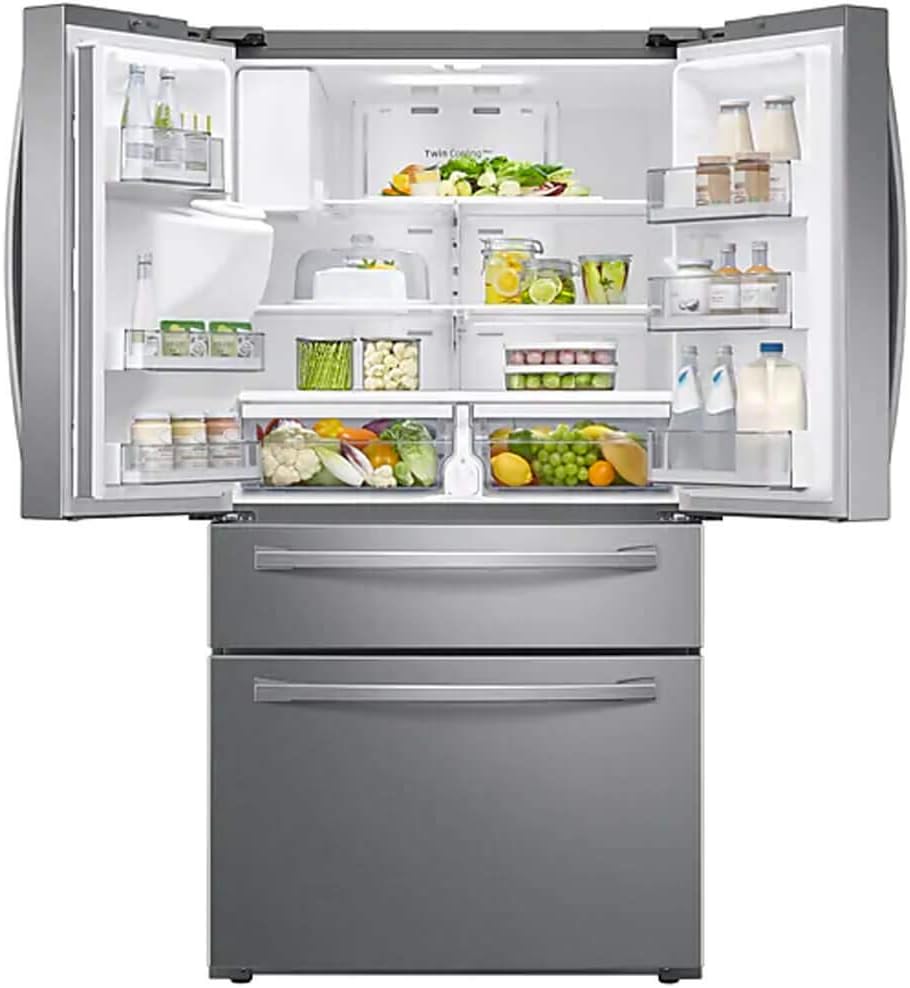 Placement and Arrangement:
Placement and Arrangement:
Proper Positioning:
Separate from Raw Foods: Keep cooked shrimp away from raw foods, especially raw seafood or meat, to prevent cross-contamination. Place the cooked shrimp on a higher shelf to reduce the risk of raw juices dripping onto it.
Even Layering: Arrange the shrimp in an even layer within the container or bag to promote consistent cooling. Avoid overcrowding, which can lead to uneven temperature distribution and faster spoilage.
Shelf Life:
How Long Can Cooked Shrimp Last in the Refrigerator?
Understanding the shelf life of cooked shrimp helps ensure you consume it while it’s still safe to eat.
Recommended Timeframe:
Optimal Freshness Period:
3 to 4 Days: Cooked shrimp can generally last in the refrigerator for about 3 to 4 days when stored properly. This timeframe ensures that the shrimp maintains its quality and safety.
Inspection Before Use: Always inspect the shrimp before consuming it, regardless of the storage duration. If there are signs of spoilage, discard the shrimp even if it’s within the 3 to 4-day period.
Extending Shelf Life:
Freezing for Longevity:
Freezer Storage: To extend the shelf life of cooked shrimp, consider freezing it. Properly stored in the freezer, shrimp can last for up to 2 to 3 months. Ensure the shrimp is placed in a freezer-safe, airtight container or freezer bag.
Labeling: Label the container or bag with the date of storage to keep track of its shelf life. This practice helps you use older shrimp before newer batches.
Signs of Spoilage:
How Can You Tell If Cooked Shrimp Has Gone Bad?
Identifying spoilage signs is crucial for preventing foodborne illnesses and ensuring you only consume fresh shrimp.
Visual Indicators:
Appearance Changes:
Discoloration: Check for any changes in color. Fresh cooked shrimp is usually pink or white with a slightly translucent appearance. If the shrimp turns grey, green, or has dark spots, it’s likely spoiled.
Slime: Slimy texture on the surface of the shrimp is a clear indicator of spoilage. Slime develops as bacteria grow and break down the shrimp’s proteins.
Smell Test:
Odor Detection:
Off-Putting Smells: Spoiled shrimp often emits a strong, unpleasant odor that can be reminiscent of ammonia or rotten eggs. Fresh shrimp should have a mild, ocean-like smell.
Intensity of Odor: The intensity of the unpleasant odor increases over time as the shrimp spoils further. Trust your sense of smell; if anything smells off, it’s better to discard the shrimp.
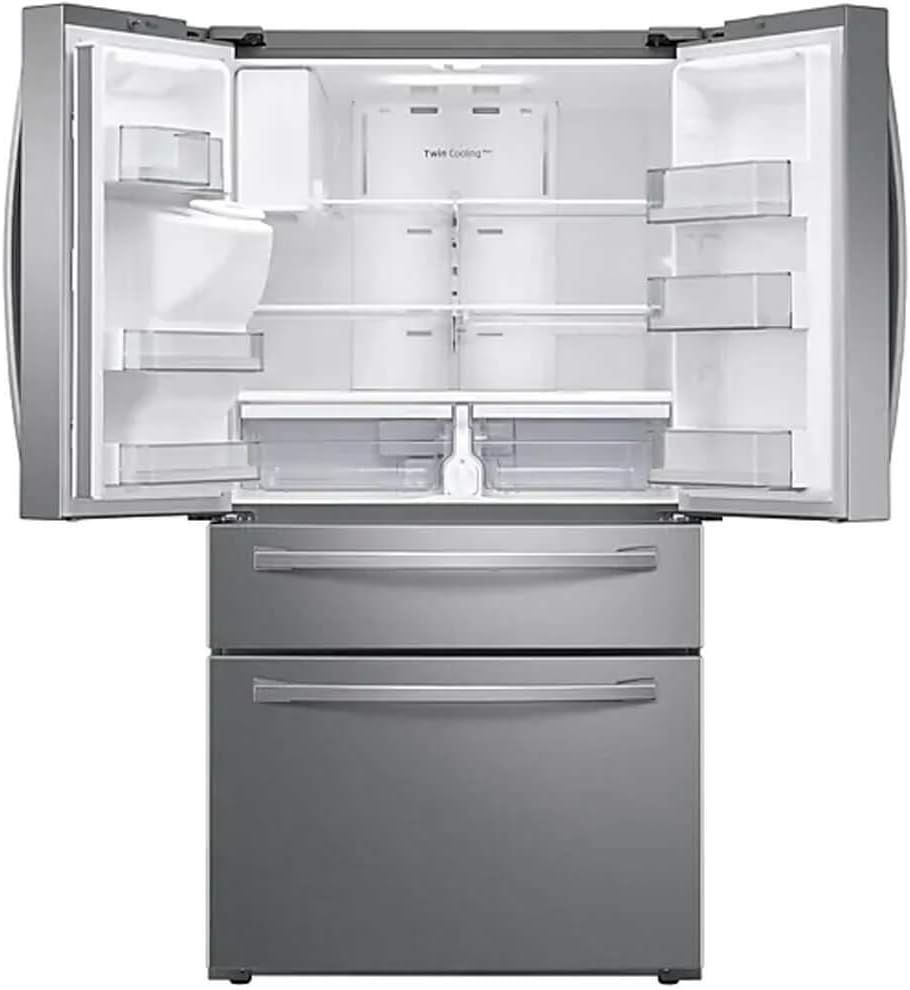 Texture Examination:
Texture Examination:
Feeling for Freshness:
Firmness: Cooked shrimp should feel firm to the touch. If the texture becomes mushy or excessively soft, it’s a sign that the shrimp is deteriorating and should not be consumed.
Dryness: Shrimp that feels dry or tough may also be past its prime. Maintaining the right moisture level is essential for keeping cooked shrimp fresh.
Health Considerations:
What Are the Risks of Consuming Spoiled Cooked Shrimp?
Eating spoiled shrimp poses significant health risks due to the potential growth of harmful bacteria and toxins.
Foodborne Illnesses:
Bacterial Contamination:
Common Bacteria: Spoiled shrimp can harbor bacteria such as Vibrio, Salmonella, and Listeria, which can cause foodborne illnesses with symptoms like nausea, vomiting, and diarrhea.
Severity of Illness: Foodborne illnesses from bacteria found in spoiled seafood can be severe, especially in vulnerable populations like the elderly, pregnant women, young children, and immunocompromised individuals.
Toxin Production:
Heat-Resistant Toxins:
Bacteria and Toxins: Certain bacteria can produce toxins that are not destroyed by cooking. Consuming shrimp that has developed these toxins can lead to serious food poisoning.
Symptoms: Symptoms of toxin-related food poisoning include gastrointestinal issues, fever, and neurological symptoms. Immediate medical attention is necessary for severe cases.
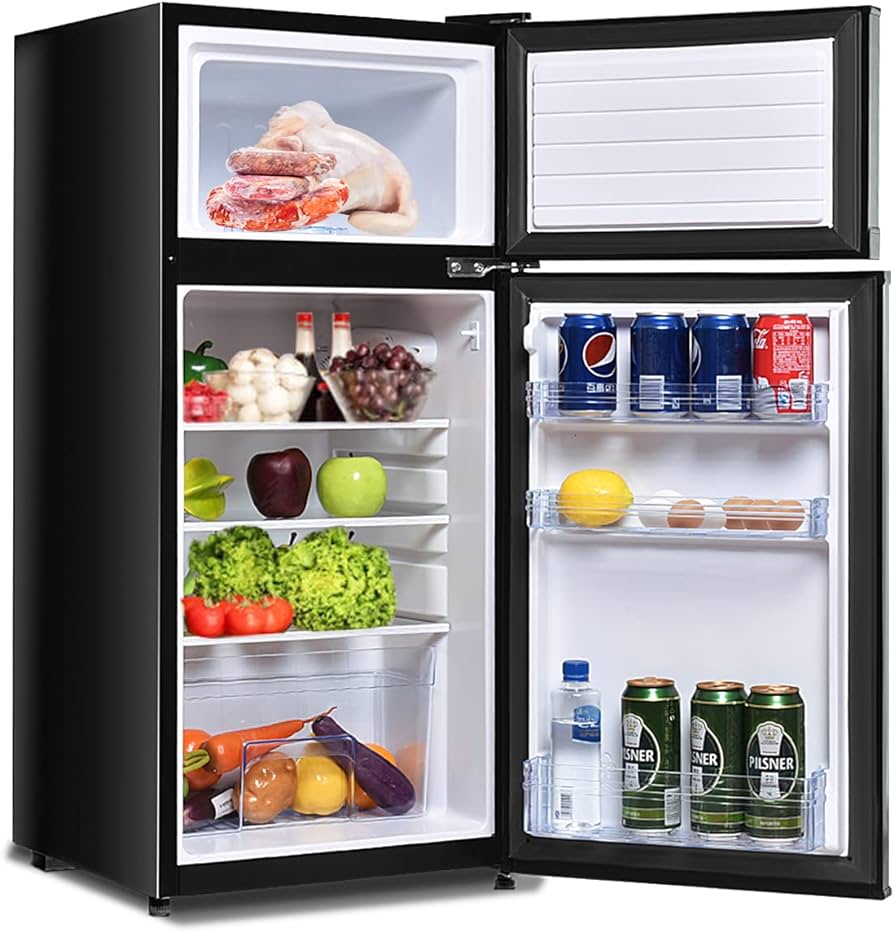 Tips for Freshness:
Tips for Freshness:
How Can You Keep Cooked Shrimp Fresh for Longer?
Implementing best practices for handling and storing cooked shrimp can help extend its freshness and prevent spoilage.
Prompt Refrigeration:
Quick Cooling:
Immediate Storage: Transfer cooked shrimp to the refrigerator as soon as possible after cooking. Allowing it to sit out at room temperature increases the risk of bacterial growth.
Cooling Method: If the shrimp is still hot, allow it to cool to room temperature for no more than two hours before refrigerating. Using shallow containers speeds up the cooling process.
Proper Handling:
Cleanliness is Key:
Hygienic Practices: Maintain good hygiene by washing your hands thoroughly before and after handling cooked shrimp. Use clean utensils and containers to avoid contamination.
Separate Utensils: Use separate utensils and cutting boards for cooked and raw shrimp to prevent cross-contamination.
Thawing Frozen Shrimp:
Safe Thawing Methods:
Refrigerator Thawing: When you need to use frozen cooked shrimp, thaw it in the refrigerator overnight. This method keeps the shrimp at a safe temperature during the thawing process.
Cold Water Thawing: For quicker thawing, place the shrimp in a sealed plastic bag and submerge it in cold water. Change the water every 30 minutes until thawed. Avoid thawing shrimp at room temperature.
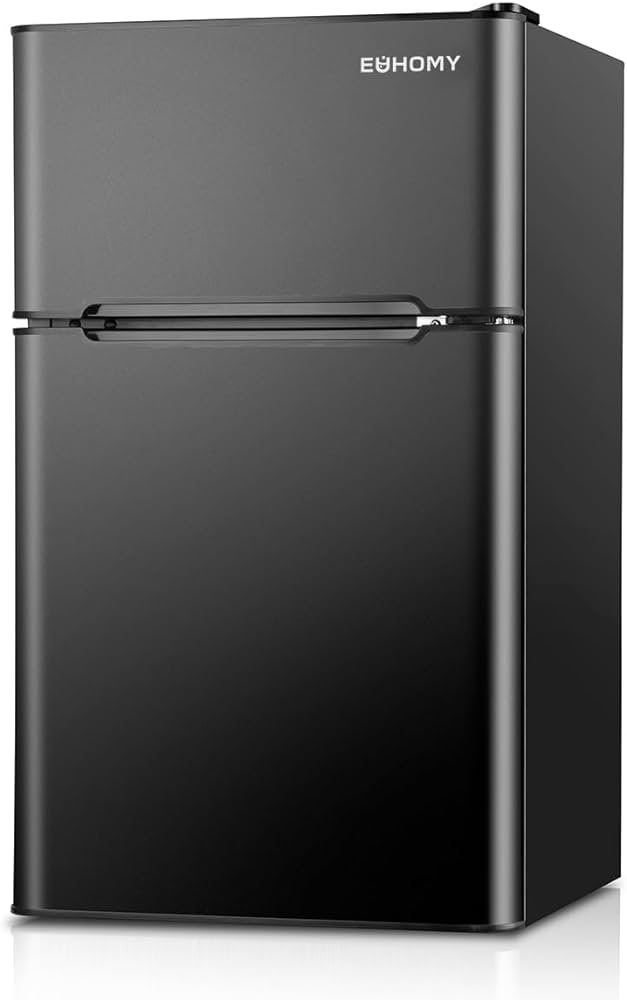 Reheating Guidelines:
Reheating Guidelines:
What’s the Best Way to Reheat Cooked Shrimp Without Compromising Quality?
Reheating cooked shrimp properly ensures it is safe to eat and maintains its taste and texture.
Microwave Reheating:
Quick and Easy:
Short Intervals: Reheat shrimp in the microwave using short intervals (20-30 seconds) to prevent overcooking. Cover the shrimp with a microwave-safe lid or wrap to retain moisture.
Even Heating: Stir or rearrange the shrimp halfway through the reheating process to ensure even heating. Avoid microwaving shrimp for too long, as it can become rubbery.
Stovetop Reheating:
Controlled Heating:
Pan-Sautéing: Reheat shrimp on the stovetop by sautéing it in a pan with a small amount of oil or butter. Use medium heat and cook just until warmed through, usually 2-3 minutes.
Protection from Drying: Add a splash of water, broth, or sauce to the pan to prevent the shrimp from drying out during reheating.
Oven Reheating:
Uniform Heating:
Low Temperature: Reheat shrimp in the oven by preheating it to a low temperature (around 300°F or 150°C). Place the shrimp on a baking sheet and cover it loosely with aluminum foil to maintain moisture.
Short Duration: Bake for 10-15 minutes or until warmed through. The low and slow reheating method helps preserve the shrimp’s texture and prevents overcooking.
Conclusion
Proper storage, handling, and reheating of cooked shrimp are essential for ensuring food safety and maintaining quality. Cooked shrimp can last in the refrigerator for 3 to 4 days when stored in airtight containers at the correct temperature. Freezing shrimp extends its shelf life up to 2 to 3 months. Identifying signs of spoilage, such as discoloration, slime, off-putting odors, or changes in texture, is crucial for avoiding foodborne illnesses. By following best practices for refrigeration, hygiene, thawing, and reheating, you can enjoy fresh and delicious shrimp while minimizing health risks. Implementing these guidelines into your routine ensures that your cooked shrimp remains safe and enjoyable for consumption.
